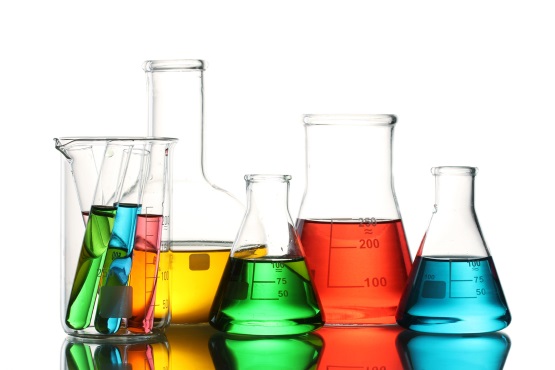
There exist three major classifications of acids and bases in chemistry according to various theories:
- According to the Arrhenius theory of acids and bases, it states that “An acid generates H+ ions in a solution whereas a base produces an OH– ion in its solution.
- The Bronsted-Lowry theory defines “acid as a proton donor and a base as a proton acceptor”.
- According to Lewis theory of acids and bases, it states that “acids as electron pair acceptors and bases as an electron pair donors”.
Acidic substances are usually sour in nature and are primarily a molecule that has the capacity to donate an H+ ion. Acid can remain energetically favorable after a loss of H+ molecule. Acids has the capacity to turn a blue litmus paper into red color.
Bases are substances which are bitter in taste and slippery in texture. A base can be easily dissolved in water and is referred to as an alkali. When bases chemically react with acids, they result in salts.
Properties of Acid

- They are good conductors of electricity.
- Acid when it undergoes reaction with metals, it produces hydrogen gas
- pH values of acid is always less than 7
- Acids taste sour and are corrosive in nature.
Example: Sulfuric acid (H2SO4), Acetic acid (CH3COOH)
Properties of Bases
-
- Bases have a foamy surface when touched.
- Bases release hydroxide ions (OH– ions) when dissolved in water.
- They are good conductors of electricity in their aqueous state.
- The pH values corresponding to bases are always greater than 7.
- Bases are bitter in taste and have the ability to turn red litmus paper into the blue.
Examples: Sodium hydroxide (NaOH), calcium hydroxide (Ca(OH)2).
Uses of acids
- Vinegar and Citric acid the commonly known household diluted solution is primarily used as a food preservative.
- Citric acid is an integral part of orange juice and lemon juice.
- Sulfuric acid is widely used in batteries and is used manufacturing of paints, dyes, fertilizers, and explosives.
- Phosphoric acid is a key ingredient in many soft drinks.
Let us see if Potassium chloride is an acid or base
Potassium chloride (KCl) is a colorless and odorless crystalline substance that has the capacity to readily dissolve in water. Potassium chloride is a salt composed of a strong acid (HCl) and a strong base (KOH). When it is dissolved in water, it shows the following reaction.
Potassium chloride ions are been derived from a strong acid (HCl) and a strong base (KOH). Therefore, ions do not affect the acidity of the solution. Hence we can conclude that Potassium chloride is a neutral salt.
For more information on acids and bases refer BYJU’S!!
https://www.youtube.com/watch?v=uGANh4Zq1PY






